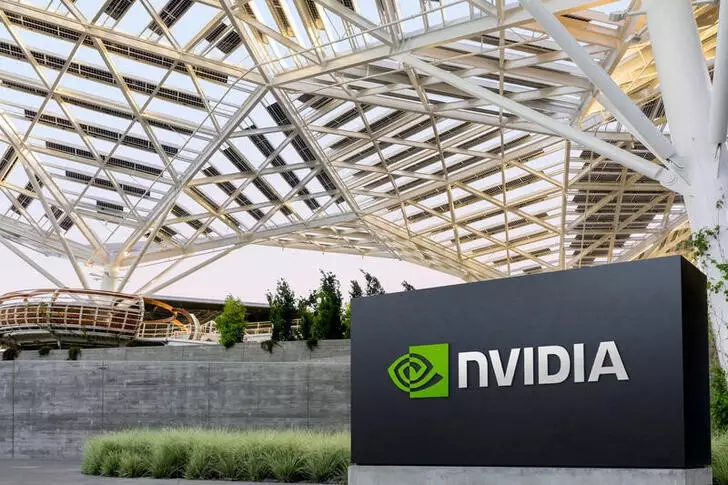The recent decision by the Chinese government to initiate an investigation into Nvidia reflects a significant escalation in the ongoing tensions between China and the United States, particularly in the high-stakes realm of semiconductor technology. Nvidia, renowned globally for its advancements in artificial intelligence (AI) and gaming processors, has found itself at the center of this geopolitical storm. The investigation was launched by the State Administration for Market Regulation and is focused on alleged violations of China’s anti-monopoly laws. Importantly, this move may be interpreted not just as regulatory scrutiny but also as a strategic counteraction against the latest U.S. restrictions aimed at curtailing China’s access to advanced chips.
While the specifics of the alleged violations remain vague, the implications are profound. The probe also touches on Nvidia’s commitments made during its acquisition of Mellanox Technologies, a deal that was conditionally approved by Chinese regulators in 2020. In simpler terms, the scrutiny presupposes that Nvidia may have failed to adhere to the stipulations designed to foster fair market practices within China. Such allegations highlight the intersection of business operations and international regulations, raising questions about compliance and corporate responsibility in navigating diverse legal environments.
This investigation can be seen as a direct reaction to America’s latest sanctions targeting China’s semiconductor sector. Just days prior, the U.S. announced it had intensified its export controls on 140 Chinese companies, including equipment manufacturers crucial to chip fabrication. This hardline stance stems from concerns regarding national security and technological superiority. China’s response was swift and pointed; shortly after the U.S. unveiled its restrictions, it imposed its own bans on the export of key raw materials—gallium, germanium, and antimony—to the U.S. These actions illustrate a tit-for-tat dynamic, where both countries are using corporate and technological sanctions as strategic leverage.
Although the investigation has resulted in a notable decrease in Nvidia’s stock price—2.5% drop on the announcement—the real effects on the company’s operations may be minimal in the short term. As highlighted by TECHnalysis Research’s chief analyst Bob O’Donnell, the most advanced Nvidia chips have already been barred from entering the Chinese market, limiting the potential fallout from this probe. Nevertheless, the landscape has shifted dramatically for Nvidia, which once enjoyed a commanding share of over 90% in China’s AI chip market.
Now, with increasing competition from domestic players such as Huawei, Nvidia must navigate a highly competitive and restricted environment. China’s importance as a market has also been shifting, with its contribution to Nvidia’s revenue dwindling from 26% two years ago to approximately 17% recently. This decline underscores how the U.S.-China trade conflict is reshaping not only the business strategies of multinational companies but the broader landscape of the tech industry itself.
China’s previous investigations into foreign corporations, such as the 2013 anti-monopoly probe against Qualcomm, suggest that the current case against Nvidia could signal broader regulatory trends. Qualcomm’s hefty $975 million penalty serves as a historical reminder of how seriously China may treat such allegations, especially in the context of major international players. This latest investigation could foreshadow more extensive regulatory scrutiny against foreign tech giants operating in China, as public sentiment grows increasingly nationalistic amid technology wars.
In light of these events, the future of foreign investment in China could hinge on navigating these politically charged waters. The evolving nature of trade relations and the interconnectedness of global supply chains imply that both U.S. and Chinese tech firms must adopt adaptive strategies that account for this heightened scrutiny.
Ultimately, the investigation into Nvidia is emblematic of a rapidly changing global technological landscape. As both nations push back against perceived injustices in trade and technology transfer, companies find themselves caught in a complex web of regulations and retaliatory measures. While Nvidia may emerge from this specific episode relatively unharmed, the broader implications signal a era marked by enduring uncertainty and the redefinition of international tech relations. As competitors continue to vie for market share and state support, the clash between the U.S. and China is poised to reshape the very fabric of the global semiconductor industry.

